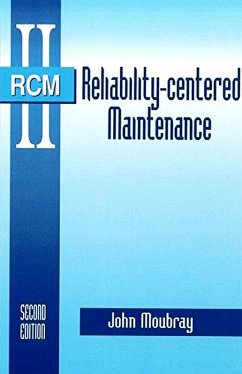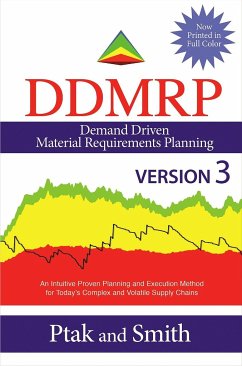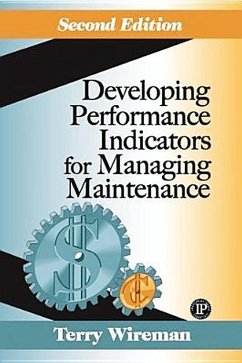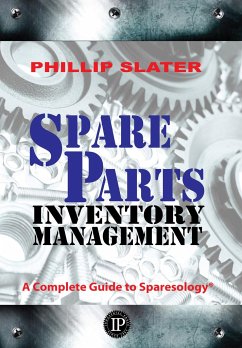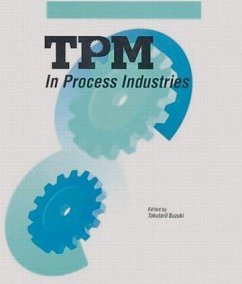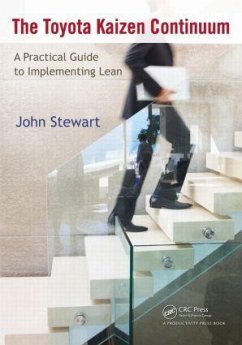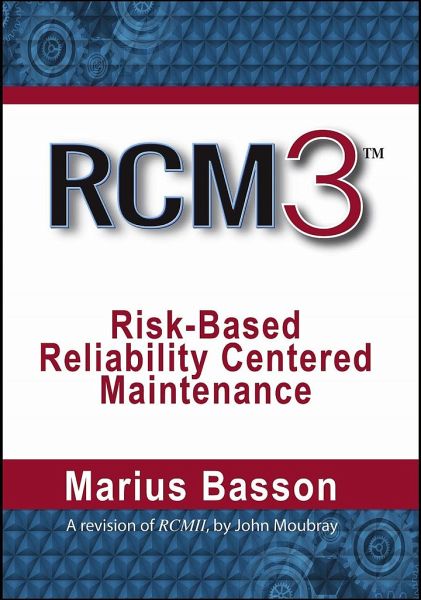
Rcm3: Risk-Based Reliability Centered Maintenance

PAYBACK Punkte
63 °P sammeln!
The popular Reliability Centered Maintenance methodology has been around since the lateâ 90s, but it was what professionals call a consequence-based approach. This work represents a revision to that bestselling RCM2 title, with more modern thinking, an emphasis on a risk-based methodology, and alignment with International ISO standards.
Dieser Artikel kann nur an eine deutsche Lieferadresse ausgeliefert werden.





